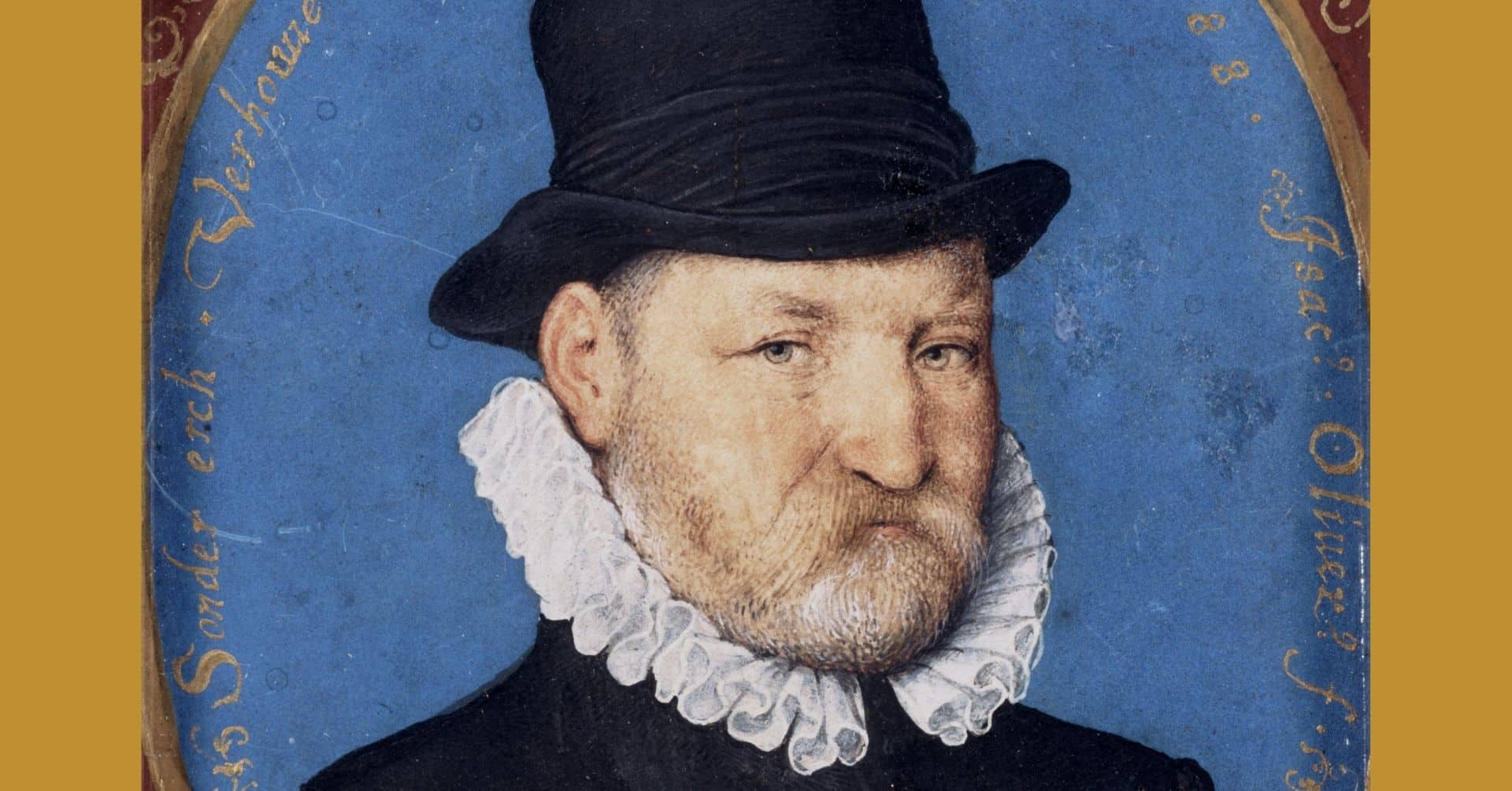Diederik van Sonoy (*1529)
Diederik van Sonoy is one of the best-known leaders of the Beggars and involved in the revolt from the beginning. He favors the hard hand and is one of the most controversial men in the revolt. No fan of the Oranges, but as long as they have the same goal, Van Sonoy accepts their leadership. His career flourishes, from stadholder of Enkhuizen to governor of North Holland and Waterland. But eventually his dislike of the Oranges becomes his downfall. Van Sonoy was sidelined and finally lost his power in 1588.
Protestant at heart
Diederik van Sonoy was born in 1529 in Kalkar, in the Duchy of Cleves. At an early age he converts to Protestantism, but serves without difficulty under the Catholic Charles V and Philip II. In 1566, Van Sonoy was one of the Dutch nobles who signed and presented the Inquisition to Margaret of Parma.
When William of Orange officially joined the Sea Beggars in 1568, he ordered, among others, Van Sonoy to reinforce his brother Lodewijk near the Eems estuary and the coast. This resulted in the Battle of the Ems.
Governor of North Holland and Waterland
In 1572 Van Sonoy became stadholder of Enkhuizen and William of Orange appointed him governor of the North Quarter, or North Holland and Waterland. After Enkhuizen joins the Geuzen, Van Sonoy together with Jacob Cabeliau tries to persuade the Medemblik castellan Van Rijswijk to defect to Orange as well. Van Rijswijk refuses, and Van Sonoy leaves it further to Cabeliau.
A year later, in 1573, he led the Beggars when Alkmaar was besieged by the Spaniards. Van Sonoy had the place flooded and the Spanish siege failed. When shortly afterwards the Spaniards also lose the Battle of the Zuiderzee, the Northern Quarter is definitively for Orange.
Governing with brute force
Van Sonoy does not go gentle. Catholics in his area are persecuted and executed. Van Sonoy is proven responsible for the martyrs of Alkmaar and the martyrs of Ransdorp. Irritations mount between him and the Oranges.
Rather an Englishman than another Van Oranje
After the assassination of William of Orange in 1584, Van Sonoy looks to England for a new Protestant leader. He gambles on Robert Dudley, Earl of Leicester and confidant of England's Queen Elizabeth I.
This turns out to be wrong. At first, Dudley still has the support of the States of Holland, but he botches several military actions. In 1587 he is expelled from the country by Johan van Oldenbarneveldt, then the most important administrator of the Dutch States General and right-hand man of Prince Maurice, son of William of Orange.
The inevitable collision
After Dudley's departure, Van Sonoy continued to oppose the States of Holland in general and Van Oldenbarneveldt and Maurice in particular. Maurice was fed up and in 1588 headed for Medemblik, where Van Sonoy had been innkeeper for two years since Van Rijswijk's death. Maurice laid siege to Radboud Castle but got no further. Only when Van Sonoy received a letter from Dudley, showing that the English count completely distanced himself from the Netherlands, did he sit down with Maurice.
Van Sonoy is given a choice: either an honorable resignation, or to stay on with a firm limitation on his power. Van Sonoy chooses the latter, but the peace is short-lived. The people of Medemblikk are fed up with him. It is not safe for him to walk the streets and he is regularly called names by the aldermen in front of the castle.
Dismissal and retirement
Van Sonoy gives up and submits his resignation. After mediation by Elizabeth I and because of his past merits, he receives a pension from the States of Holland. He leaves for borg Dijksterhuis, near Pieterburen. Diederik van Sonoy dies in June 1597.

